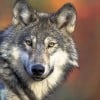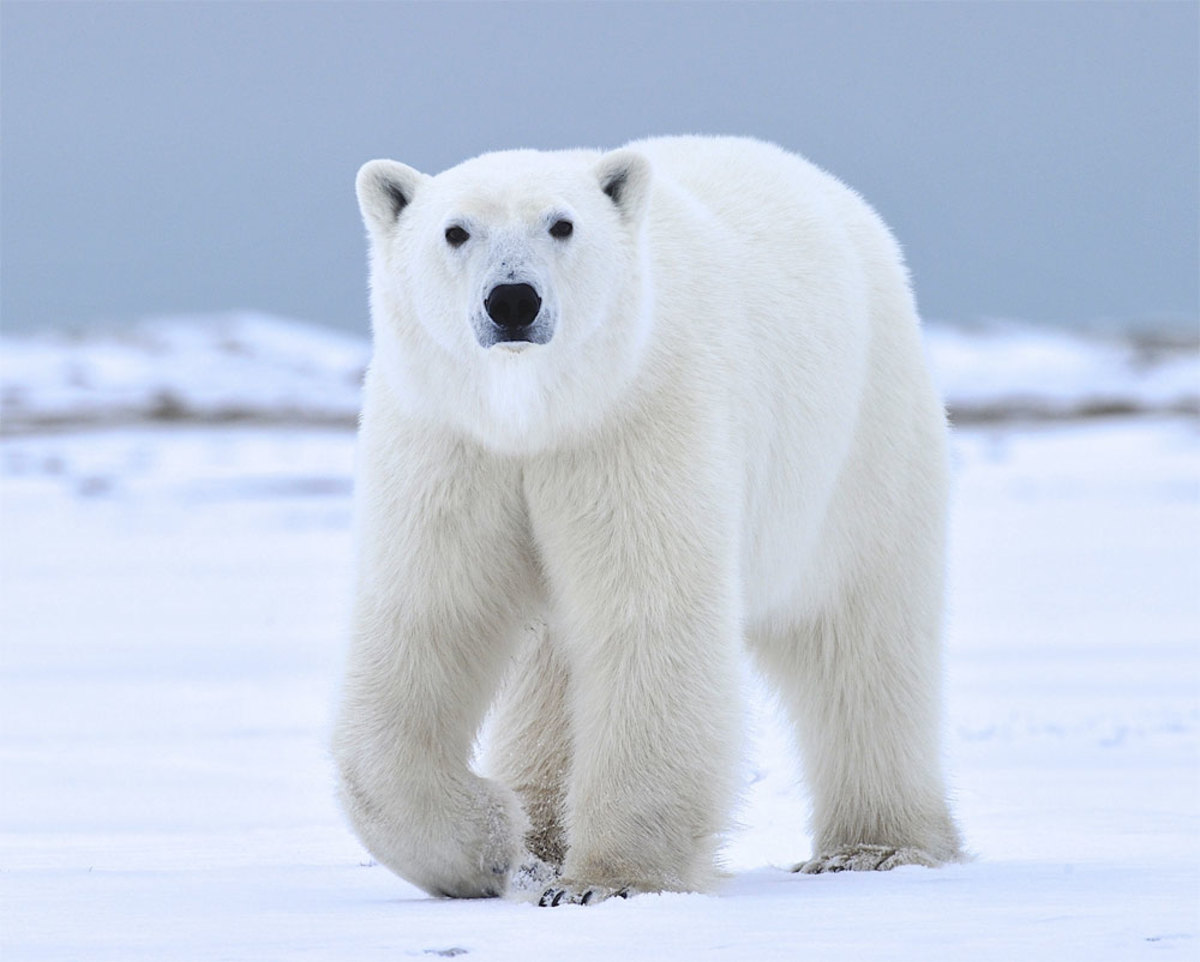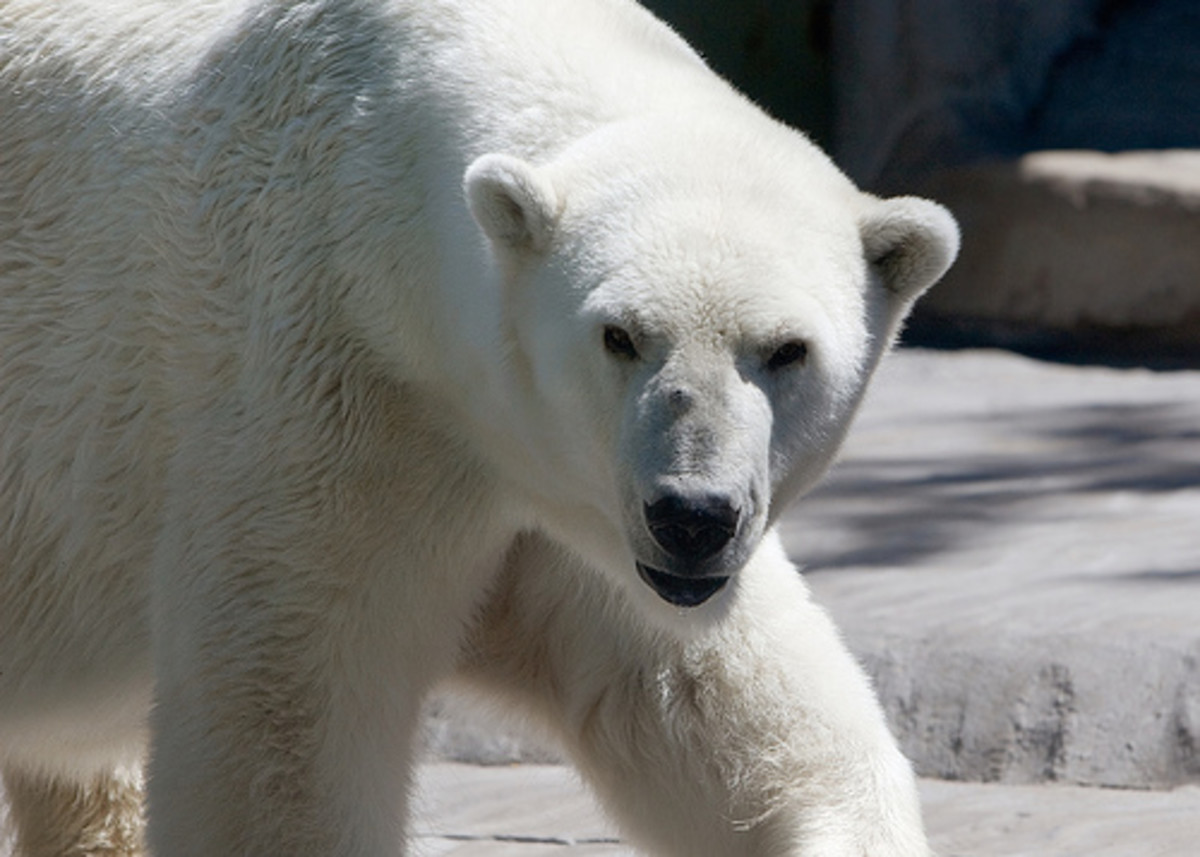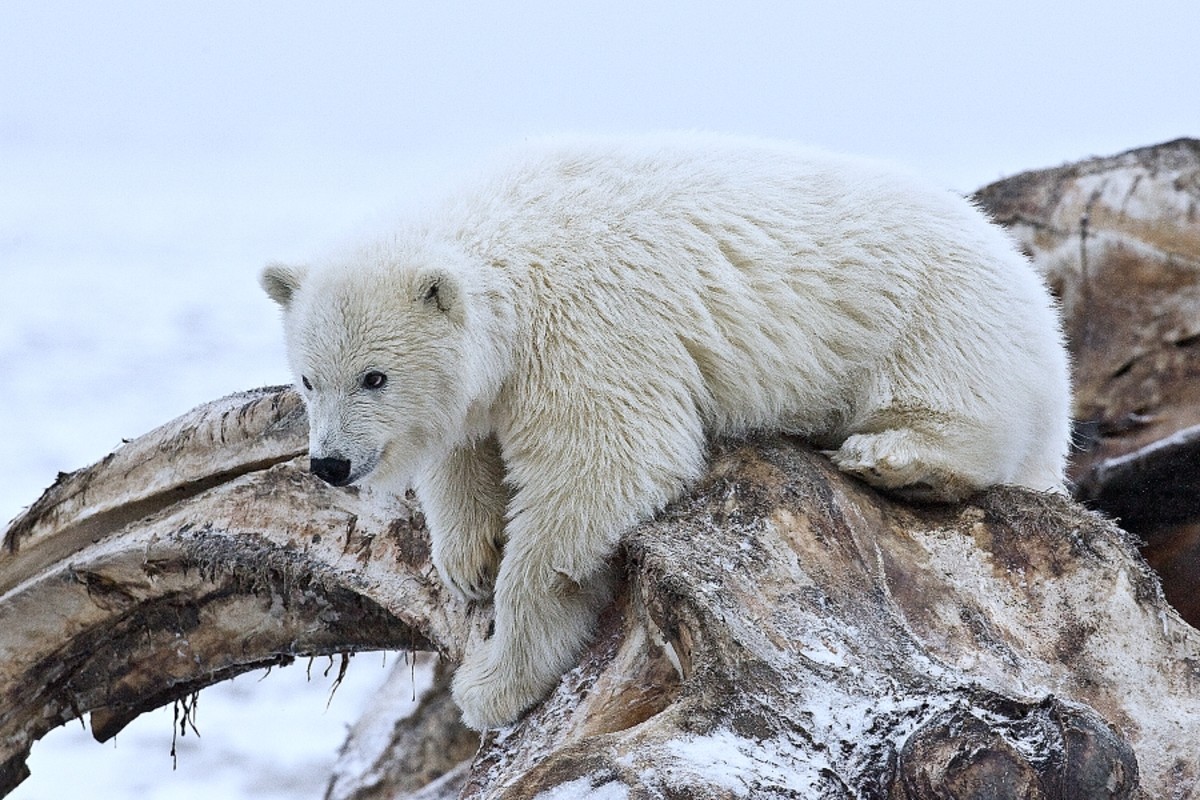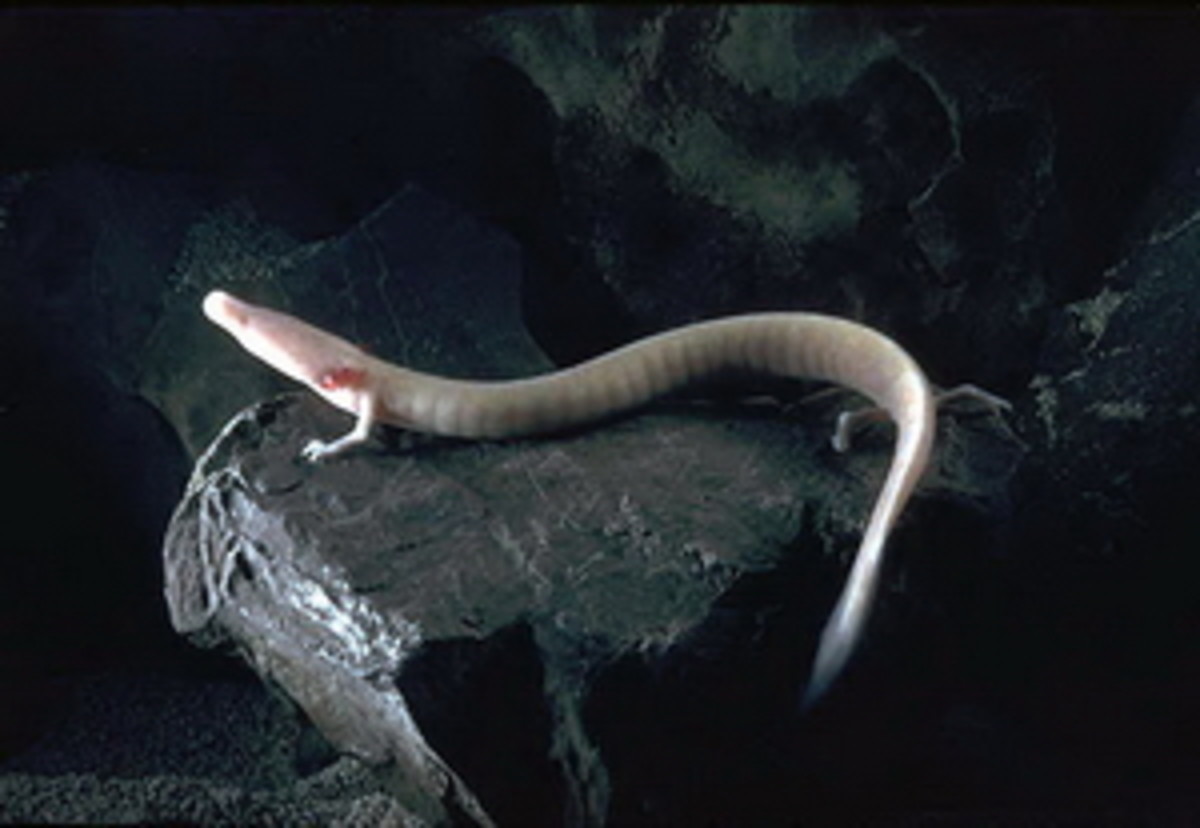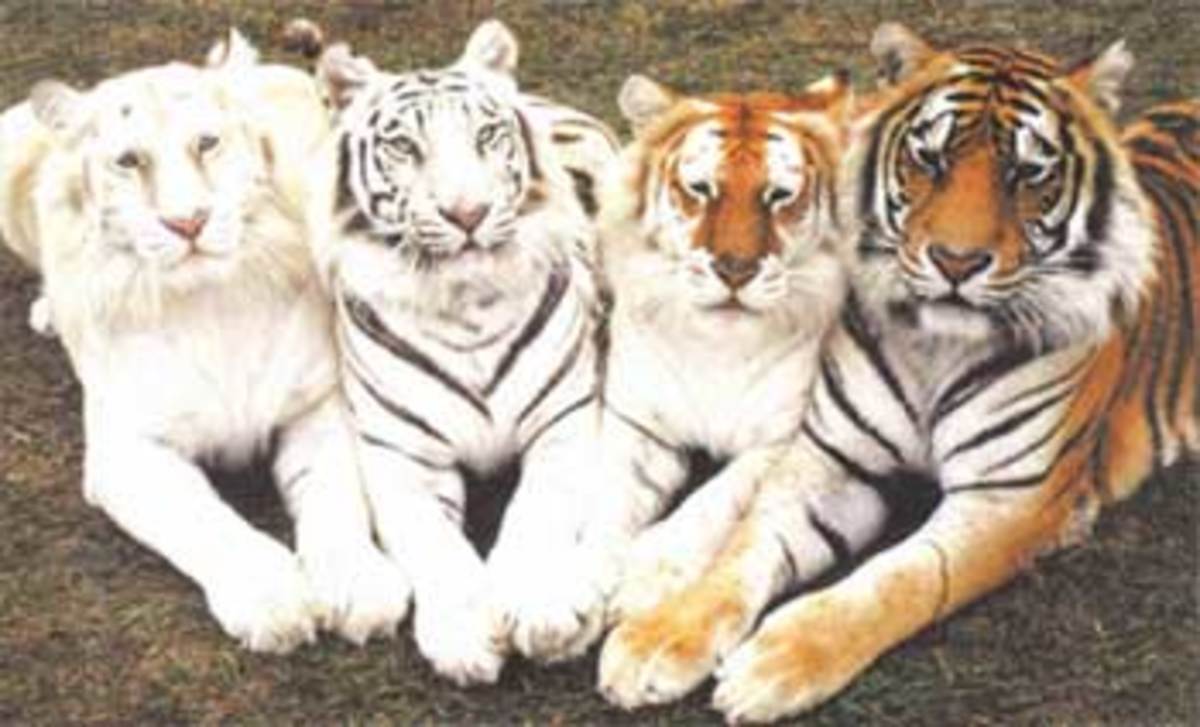- HubPages»
- Education and Science»
- Life Sciences»
- Endangered Species
The Truth About Polar Bears
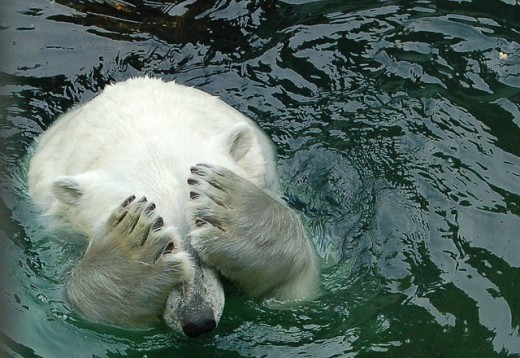
Thanks to some dramatic images of polar bears floating on chunks of ice and swimming miles from solid ground, polar bears have become the "poster bears" of the climate change movement.
Not surprisingly, these cute and charismatic (though dangerous) animals have also attracted the attention of climate change deniers. One of the most common arguments against climate change has become the statement that polar bear populations are increasing, not decreasing as scientists claim they should. But is it true?
The truth is a lot more complicated then either proponents or deniers are admitting.
What We Know About Polar Bear Populations
Here are some facts about polar bear populations:
- There were no serious surveys or studies made of polar bear populations during the 1950's and 1960's or earlier, so any estimates of polar bear populations during that period are just that: estimates. We don't have any reliable data about polar bear numbers in that period at all.
- However, we do know that they were declining in many areas due to unregulated hunting. In 1973, hunting quotas were put into place to protect bear populations, and since then the number of bears has exploded in some regions. For example, in the Davis Strait area of Canada's Eastern Arctic, the polar bear population has increased from 850 in the mid-1980's to more than 2,100 today. Bear populations in other regions have recovered more slowly.
- Scientists today recognize about 19 different sub-populations of polar bears, containing a total population of about 20-25,000 individual animals.
As one might expect, different populations are responding differently to changes in their environment. Current scientific data from the Polar Bear Specialist Group suggests that as of 2009:
- 8 populations are in decline
- 1 is increasing
- 3 are stable
- 7 don’t have enough data to draw any conclusions
Based on this information, we also know that polar bear populations in 2009 were less healthy overall than they were in 2005:
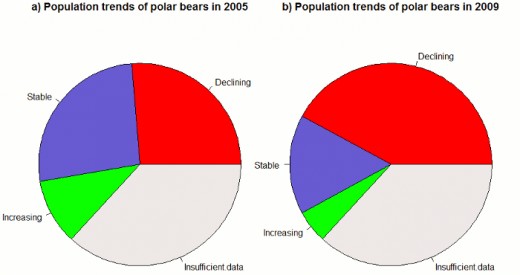
Polar Bear Threats: Loss of Arctic Sea Ice
Most scientists believe that the most important threat to polar bear populations is the decline of Arctic sea ice. After decades of decline, Arctic sea ice extent (the surface area covered by ice) reached record lows in 2007, then recovered slightly in 2008 and 2009. In 2010, the ice plunged back down to the third lowest summer minimum ever recorded, and by January 2011 it set a new record low for the month of January.
More worryingly, the total volume of Arctic sea ice is also declining. This reflects the loss of thicker, multi-year sea ice, some of it hundreds or thousands of years old.
In the video above, Admiral David Titley, Chief Oceanographer of the US Navy, predicts up to four weeks of an ice free Arctic by the 2030's, and two to three months of ice free conditions by the 2050's if current trends continue. Other scientists, including Wieslaw Maslowski of the Naval Postgraduate School, have predicted 80% declines by as early as 2016.
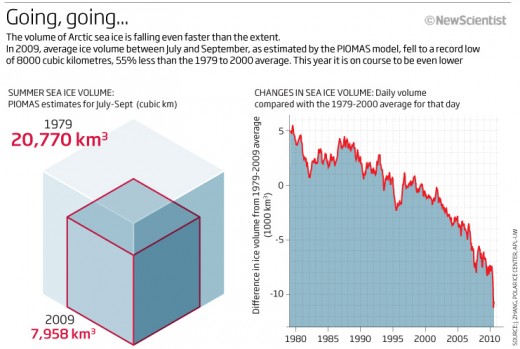
The relationship between polar bears and melting sea ice is complex. A decline in multi-year sea ice can actually benefit the bears in the short term, because their favorite food - ringed and bearded seals - prefer annual ice for fishing and giving birth. Some scientists believe this may account for the claims of some local Inuit communities that polar bear populations are not only healthy but rising.
On the other hand, warmer temperatures also cause the sea ice to break up earlier, threatening the bears' health. Bears typically fast for several months in late summer and fall when the ice is at its lowest extent, but the longer this fast continues, the worse the bear's condition becomes. Though polar bears are powerful swimmers who can easily swim distances of 60 miles or more, long distance swimming also depletes their fat reserves, threatening their survival in the frigid Arctic winter.
Energy depletion is especially dangerous for pregnant females, who normally gorge themselves before holing up in maternity dens to give birth and nurse their young. During this period, they may not eat or drink for up to eight months. Some sub-populations, most notably that in the Southern Hudson Bay region, are already reporting declining body conditions of both male and female adults, as well as smaller litter sizes and increased cub mortality. Scientists believe this is the result of the area's ice floes breaking up three weeks earlier than usual, reducing the length of the feeding season for the bears.
Shorter feeding seasons can also drive increased conflicts between humans and bears. Scientists believe that many hungry bears that have exhausted their energy reserves may be searching for alternative food sources while waiting for the ice to re-freeze. With their super-sensitive noses, the bears may be drawn towards delicious cooking odors and other smells from human habitations.
The Future of Polar Bears
Some deniers have argued that vanishing sea ice will simply push the bears onto land. Like most other bears, polar bears are opportunistic omnivores who are known to eat many different plant and animal foods found on land, including reindeer, berries, bird eggs, and more. Unfortunately for this theory, polar bears are not well adapted to a life on land. They overheat quickly when running and are easily outrun by most land animals. Additionally, their teeth and skulls are best adapted to soft seal blubber. The insignificant molars and thin skulls of polar bears do not allow them to chew plant foods or even dense, protein-rich red meat adequately to get full nutrition from them.
In
the southern reaches of polar bear territory, brown (grizzly) bears are
already moving in, and so far appear to be handily out-competing their larger
white relatives. The difference in anatomy and adaptability between the
grizzly and the polar bear is all the more startling when you consider
that polar bears split from grizzlies only about 150,000 years ago and are still so closely related that they can interbreed.
In fact, interbreeding with grizzlies may be the only salvation of the wild polar bear. A 2007 survey by the USGS concluded that:
Projected changes in future sea ice conditions, if realized, will result in loss of approximately 2/3 of the world’s current polar bear population by the mid 21st century. Because the observed trajectory of Arctic sea ice decline appears to be underestimated by currently available models, this assessment of future polar bear status may be conservative.
